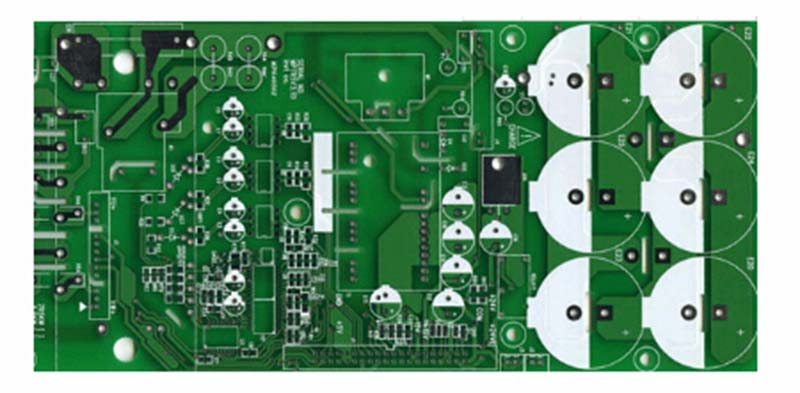CPU Packaging technology is a technology in which integrated circuits are packaged with insulating plastic or ceramic materials, while CPU is a product in which the CPU core circuit (also called CPU core or chip core) is packaged with a shell.
CPU packaging is a must for the chip, and it is also very important. Because the chip must be isolated from the outside world to prevent impurities in the air from corroding the chip circuit and causing electrical performance degradation. On the other hand, the packaged chip is also easier to install and transport. Since the quality of packaging technology also directly affects the performance of the chip itself and the design and manufacturing of the PCB (printed circuit board) connected to it, it is very important. Packaging can also be said to refer to the housing used to install semiconductor integrated circuit chips. It not only plays the role of placing, fixing, sealing, protecting the chip and enhancing thermal conductivity, but also a bridge between the internal world of the chip and the external circuit-on the chip. The contacts are connected to the pins of the package shell with wires, and these pins are connected to other devices through wires on the printed circuit board. Therefore, for many integrated circuit products, packaging technology is a very critical part.
Packaging needs to consider a series of elements, such as power supply, heat dissipation, signal transmission and so on. Among them, the heat dissipation issue is the most critical one in the package design, because the CPU will continuously generate a lot of heat in the work, and the heat must be dissipated in time through the heat dissipation system to ensure the stability of the circuit while avoiding the CPU being damaged by excessive heating.

Classification and characteristics
DIP package
DIP package is also called dual in-line package technology (Dual In-line Package), which refers to integrated circuit chips packaged in dual in-line form. Most small and medium-sized integrated circuits use this form of packaging. The number of pins is Generally not more than 100. The DIP packaged CPU chip has two rows of pins, which need to be inserted into the chip socket with the DIP structure. Of course, it can also be directly inserted into a circuit board with the same number of solder holes and geometric arrangement for soldering. The DIP packaged chip should be especially careful when plugging or unplugging from the chip socket to avoid damage to the pins. DIP package structure forms are: multilayer ceramic double in-line DIP, single-layer ceramic double in-line DIP, lead frame DIP (including glass ceramic sealing type, plastic encapsulation structure type, ceramic low-melting glass encapsulation type) Wait.
DIP package is characterized by: it is suitable for PCB perforation soldering,easy to operate, the ratio between the chip area and the package area is large, so the volume is also large.
QFP package
QFP packaging is also called Plastic Quad Flat Pockage (Plastic Quad Flat Pockage). The distance between the pins of the CPU chip realized by this technology is very small, and the pins are very thin. Generally, large-scale or very large-scale integrated circuits use this packaging form. The number of pins is generally above 100.
The characteristics of the QFP package are: convenient operation and high reliability when packaging the CPU; the package size is small, the parasitic parameters are reduced, and it is suitable for high-frequency applications; this technology is mainly suitable for the use of SMT surface mount technology to install and wire on the PCB.